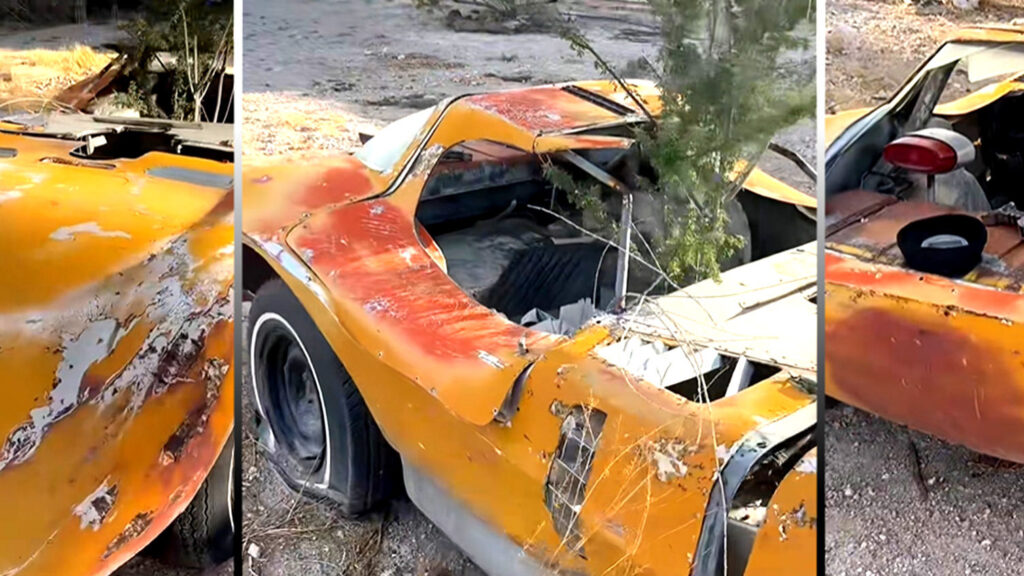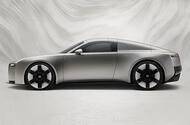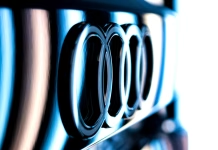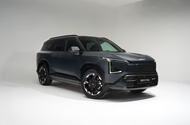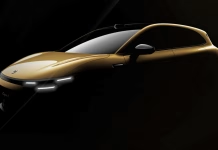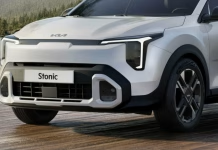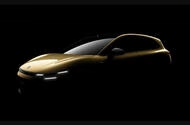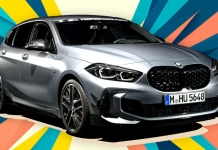Audi Unveils Bold TT-Inspired Sports Car Concept Heralding a Striking New Design Era
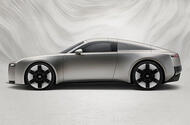 First look at Audi's retro new design manifesto, set for public debut at Munich motor show
First look at Audi's retro new design manifesto, set for public debut at Munich motor show
Audi will reveal a radical new sports car concept inspired by the TT tomorrow - but a leaked image has given an early look at what to expect.
Posted to Audi's Canadian social media feeds and quickly taken down, the image shows a side profile of a sleek, low-slung sports coupé that is unmistakably influenced by the seminal TT.
It's unclear what type of powertrain it uses, but the concept has obvious mid-engined-style proportions and a two-seat cabin.
An official disclaimer says the car shown is a concept vehicle that is "not available as a production vehicle", but the design looks far more production ready than some recent outlandish concepts - so there is potential for a production version.
Indeed, Audi CEO Gernot Döllner has previously said the company would not "show studies anymore", suggesting it plans to launch a production version of every show car it unveils from now on.
More details will be given tomorrow evening, when Audi officially unwraps the new concept - as confirmed on social media by its designer Massimo Frascella, under the tagline 'strive for clarity' - which hints that the concept will set the tone for a new minimalist design language that could be rolled out across Audi's line-up under Frascella's stewardship.
As previously reported by Autocar, the concept will preview an all-new look for the brand, and will make its public debut at next week's Munich motor show.
Döllner previously said that the design would be “a bold step for the brand” and that it would “would look to the future and the strengths of Audi design, for clarity and to bring that to the future, not copying the past”.
This is a sentiment that has been echoed in a new video posted to Audi’s social media channels.
The clip states “the legends of yesterday are the blueprint for tomorrow” with the strapline “strive for clarity” while showing images of the TT, the Avus concept and several Auto Union grand prix cars from the 1930s.
“The absolutely fantastic aspect is that it seems that he [Frascella] somehow had Audi in his mind for his whole career," said Döllner. "Now is the time to let Audi out of the mind of Massimo Frascella."
Audi Teases Bold Electric Sports Car Between TT and R8 Ahead of Munich Debut
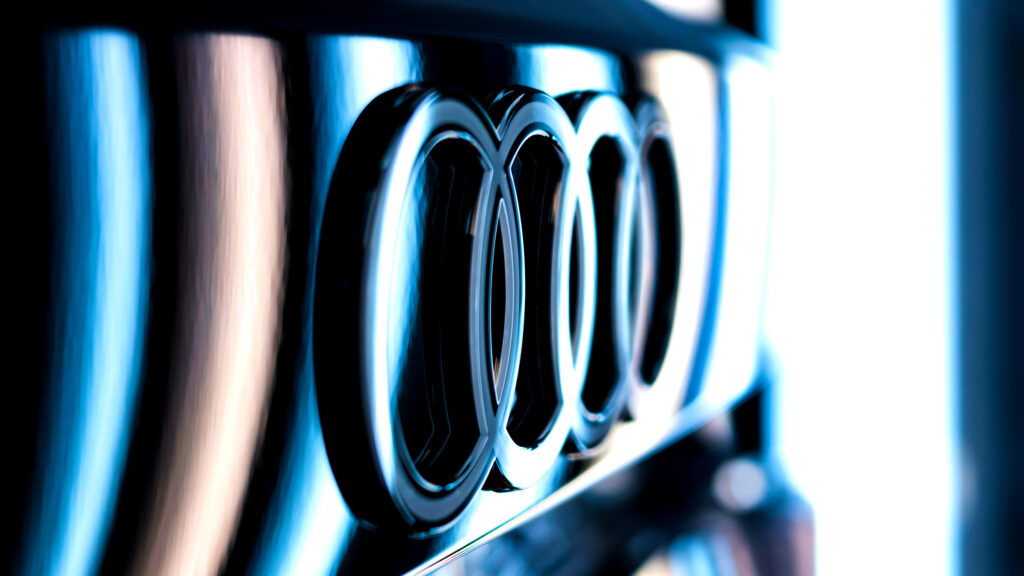
New Kia EV5 Launches in the UK With 329 Mile Range and Simple Trim...
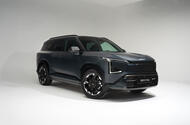 Electric equivalent of the Sportage will arrive before the end of 2025 as a rival to the Ford Explorer and Skoda Elroq
Electric equivalent of the Sportage will arrive before the end of 2025 as a rival to the Ford Explorer and Skoda Elroq
The new Kia EV5 is now open to order from £39,295 and with a maximum range of 329 miles, ahead of deliveries starting later this year.
The new crossover is effectively an electric Kia Sportage equivalent, and is the Korean firm's fifth bespoke electric car to launch in the UK, arriving hot on the heels of the EV4 hatchback that lands in the next few weeks.
The Ford Explorer and Skoda Elroq rival will be offered with just one powertrain and battery in the UK from launch, as part of a bid to "keep the buying process as simple and understandable as possible".
To that end, there are just three trim levels. Air opens the line-up, with standard kit including 18in alloy wheels, electric mirrors, chrome trimmings, black cloth upholstery and manually adjustable front seats.
GT-Line ramps the price up to £42,595 and adds 19in wheels, performance-inspired body styling, artificial leather upholstery, heated rear seats, electrically adjustable front seats and vehicle-to-load capability.
GT-Line S costs £47,095 and comes with a sunroof, ventilated front seats, a Harman Kardon sound system, a head-up display, fingerprint recognition and the option of an efficiency-boosting heat pump, among other additions.
Inside, all cars get 12.3in displays for the instruments and infotainment, as well as a 5.3in climate control touch panel.
The bench-style front seats in the China-market EV5 are swapped for a more conventional two-seat arrangement with a larger centre console.
All variants are equipped with the same 81.4kWh battery as used on the EV3 and EV4 hatchbacks, which here offers up to 329 miles depending on configuration and charges at up to 150kW.
It sends its reserves to a motor on the front axle, which produces 214bhp and 218lb ft of torque for a 0-62mph time of 8.4sec.
Kia hasn't confirmed whether the 302bhp dual-motor EV5 will be brought here but has previously said it would offer each of its EVs in hot GT guise.
European-market EV5s will be built in South Korea, rather than China, sidestepping the EU's tariffs on Chinese-built EVs.
Leapmotor Lafa 5 Unveiled as Bold New Rival in Europe’s Electric Hatchback Race

Fiat Grande Panda Launches as UK’s Most Affordable Hybrid and Electric Crossover
 Retro-futuristic crossover undercuts much of the competition; EV starts at £21k
Retro-futuristic crossover undercuts much of the competition; EV starts at £21k
UK order books for the new Fiat Grande Panda have opened, with mild-hybrid versions of the new small crossover priced from £18,035 and its electric counterpart starting at £21,035.
It makes the Grande Panda, named Best Small Car at the 2025 Autocar Awards, one of the UK’s most affordable models. In hybrid form, it undercuts rivals such as the Renault Clio (from £18,995), while the EV is cheaper than the rival Hyundai Inster (from £23,505).
The mild-hybrid pairs a 1.2-litre turbocharged three-cylinder petrol engine with a 29bhp electric motor that is integrated into its six-speed automatic gearbox. They combine for outputs of 109bhp and 107lb ft, enabling a 0-62mph time of 10.0sec.
The EV, meanwhile, has a single front-mounted motor that puts out 111bhp and 90lb ft, dispatching 0-62mph in 11.0sec. Its 44kWh battery yields a range of 199 miles and it can be recharged at up to 100kW.
The electric model has yet to qualify for the government’s new Electric Car Grant scheme – under which the closely related Citroën ë-C3 is discounted by £1500 – but Fiat has reinstated its own ‘e-grant’, cutting the car’s price by £1500.
Customer deliveries are expected to begin in November. Select dealers will be displaying the car on a nationwide tour taking place between 4 September and 11 October.
Fiat claims to have received "unparalleled" demand for the Grande Panda in the months leading up to its launch, with several thousand potential buyers registering their interest and “significant” dealer enquiries.
2025 Kia Stonic Unveiled With Bold Design, High-Tech Cabin, and Turbo Power
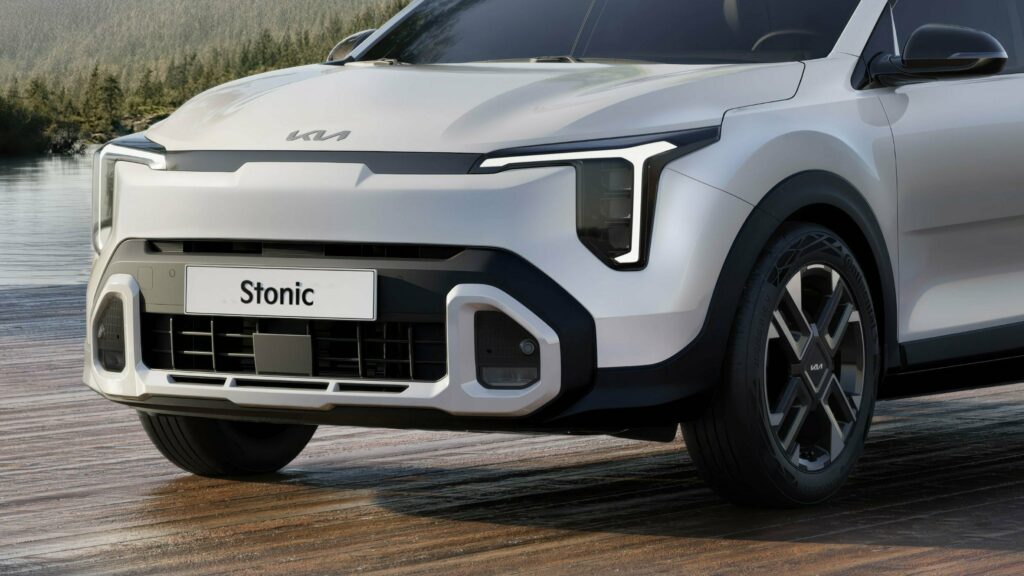
Leapmotor B05 Unveiled as Affordable Electric Hatchback Promising 260 Miles of Range for Young...
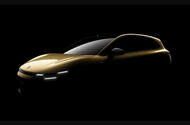 Electric Leapmotor B05 hatchback set to offer 260 miles of range and 215bhp
Electric Leapmotor B05 hatchback set to offer 260 miles of range and 215bhp
Leapmotor has previewed its upcoming Volkswagen ID 3 rival ahead of a debut at the Munich motor show next week.
The Stellantis-backed Chinese brand published a series of shadowy teaser images to its Weibo account, giving a first look at the electric B05 hatchback that will join its European line-up early next year.
Known in China as the Lafa 5, the B05 is effectively a lower-slung and more affordable version of the Leapmotor B10 crossover that's due here in the coming months, and will sit between that car and the tiny T03 city car - with an expected price tag of less than £30k.
Leapmotor vice president Cao Li said the B05 is a "gift" for young people worldwide. "We want to build a dream car for young people who refuse to settle, conform, or be ordinary," he added.
The hatchback is expected to measure around 4.3 metres long, have a 67.1kWh battery giving 260 miles of range, and be powered by a single motor on the front axle giving 215bhp - figures that line it up neatly as a rival to versions of the popular Volkswagen ID 3, MG 4, BYD Dolphin and Renault Mégane E-Tech.
Inside, it is likely to look all but identical to the B10 (below), with a minimalist cockpit that majors on digital functionality - with a 14.6in touchscreen and 8.8in instrument display handling all the main infotainment and control functions.
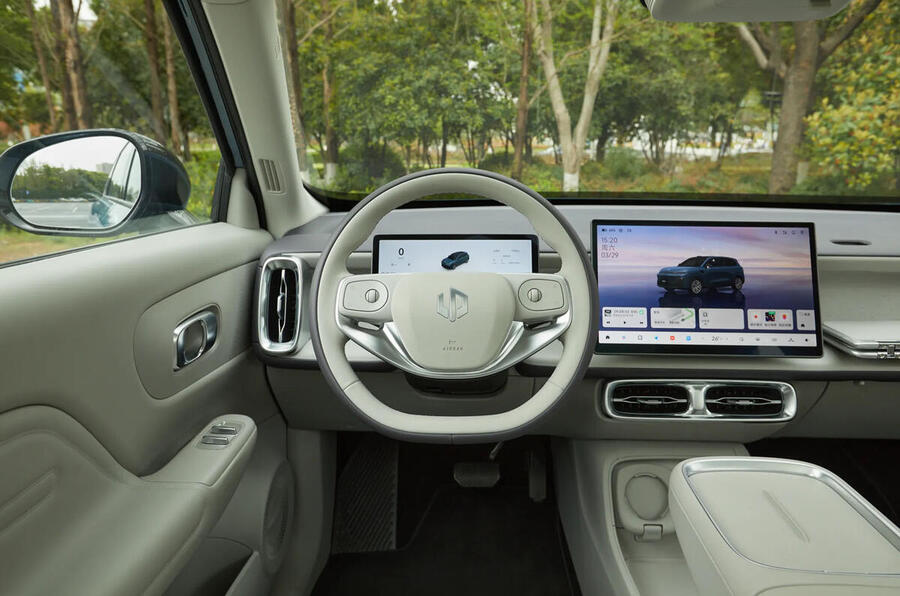
It will be the fourth of six Leapmotor cars that are planned to be on sale in the UK by 2027. It will be followed next year by the A10 – a small crossover conceived as a rival for the Volkswagen ID 2X and Skoda Epiq – and its supermini sibling, the circa-£20k A05.
It remains unclear if Leapmotor will offer any of its new models with the range-extender powertrain that it has recently introduced to the C10, with bosses suggesting they will be gauging market reaction to the technology.
Leapmotor's range expansion comes off the back of rapid growth for the 10-year-old brand, both in its Chinese home market and internationally.
It now has nearly 1500 retail sites worldwide and was the 11th most popular EV brand globally last year.
It aims to move up to ninth this year, then to seventh in 2026, ultimately aiming to become one of the world's five top EV brands.
The Bridge With Fangs and Googly Eyes That Warns Trucks Away
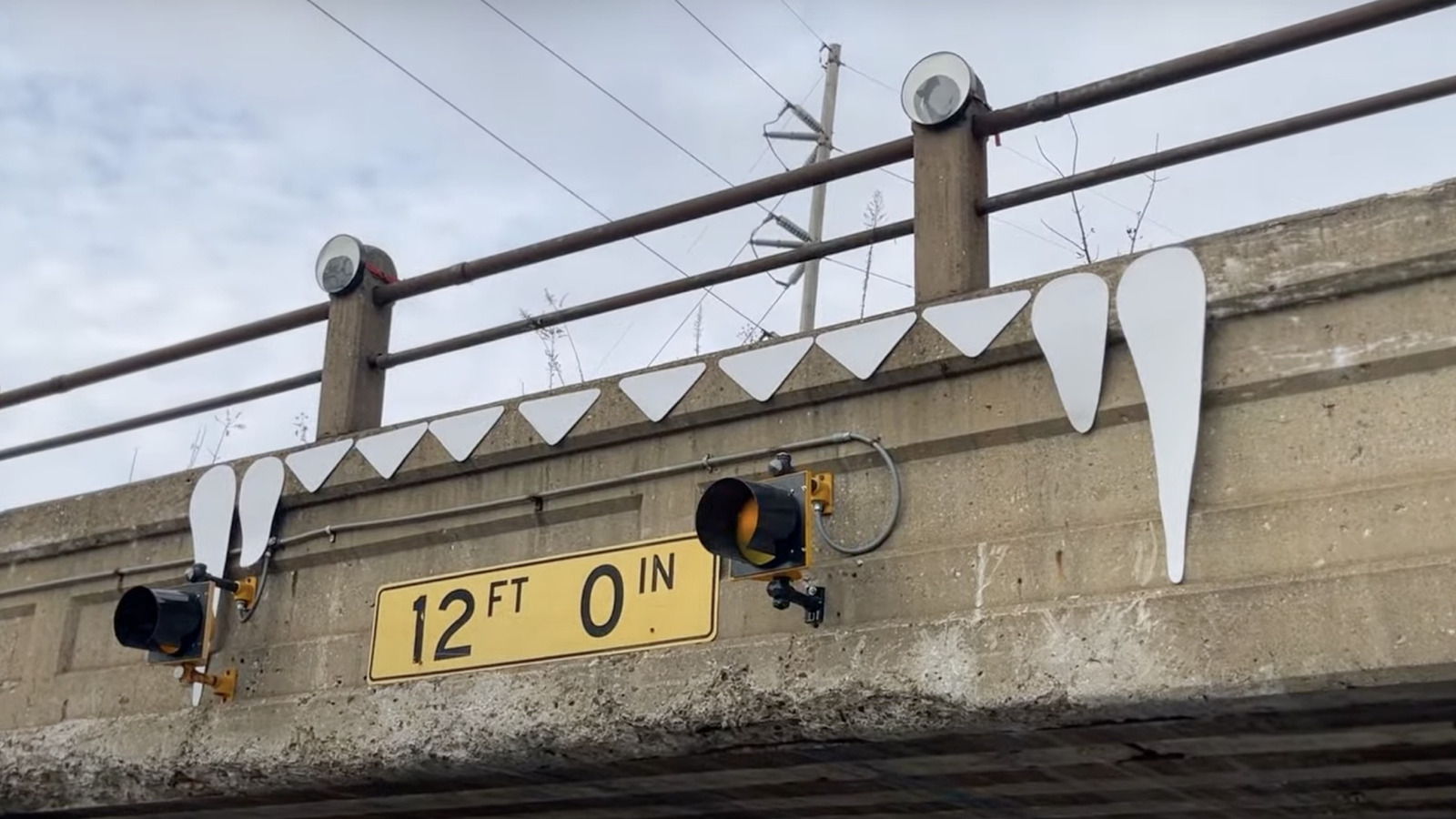
Why Europe’s Roads Are Drowning in Gray Cars and What It Says About Drivers
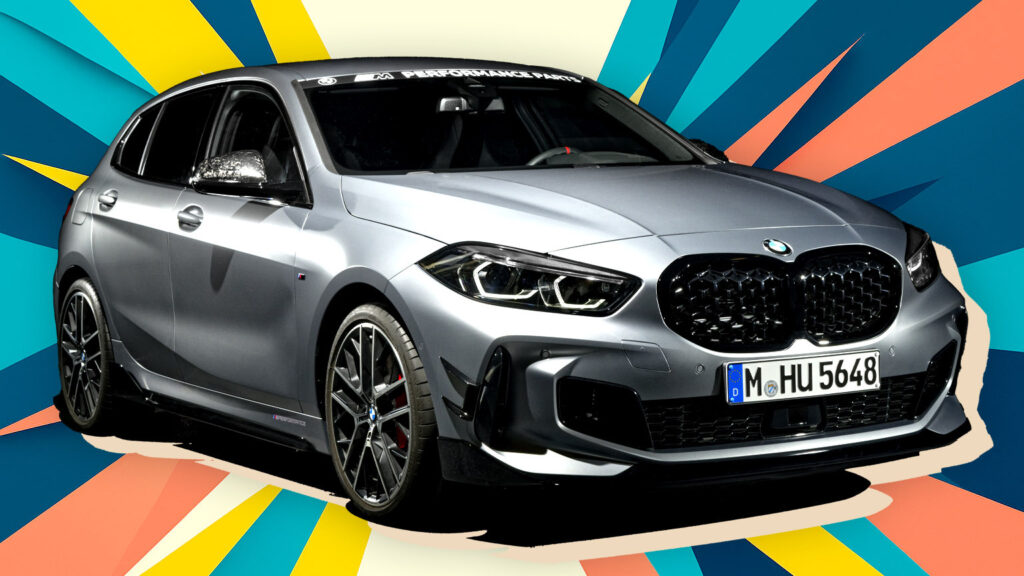
Backyard Mystery Car Sparks Frenzy as TikTok Uncovers Possible Rare Classic Kit
